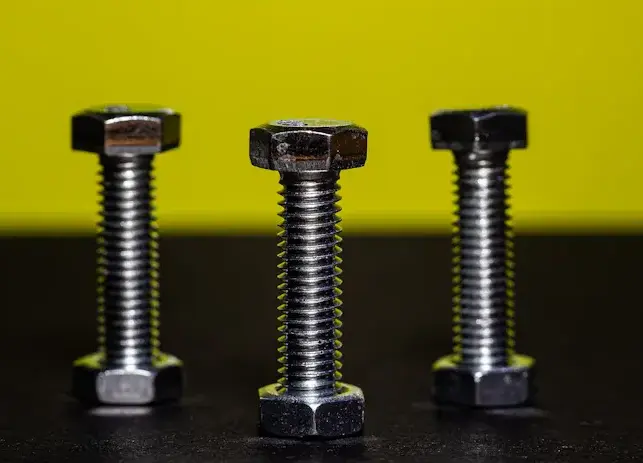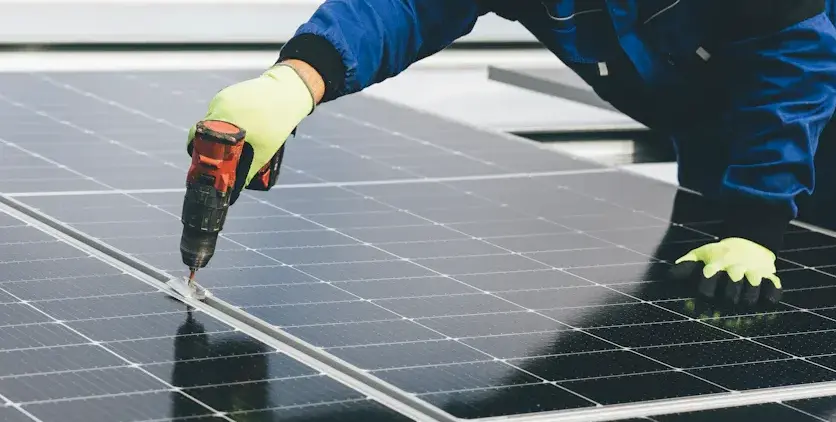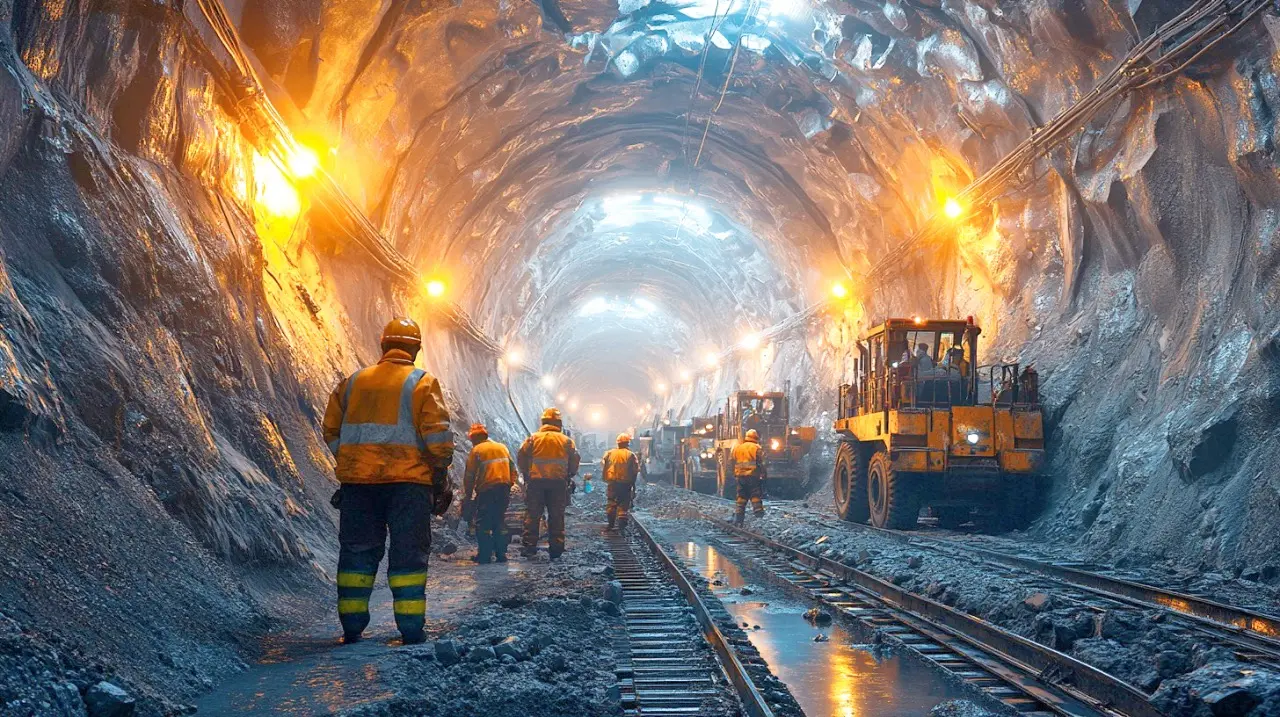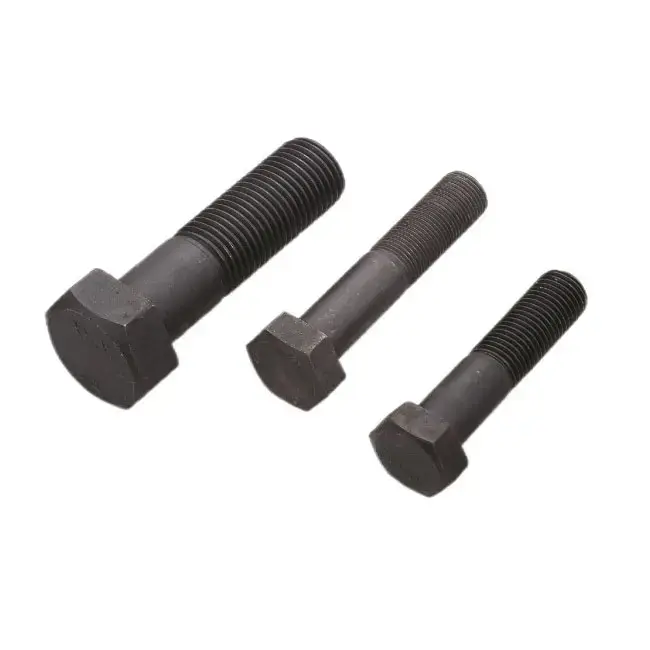A Deep Dive into Advanced Power Systems of 2025
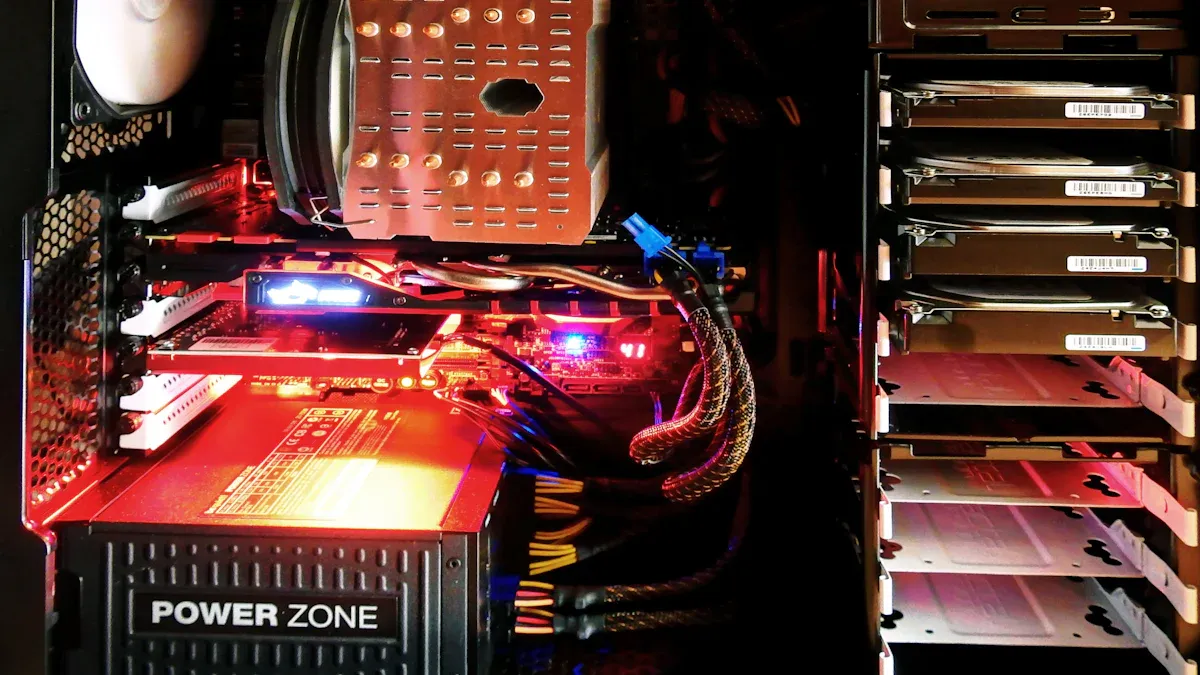
Advanced Power Systems: Shaping the Future of Energy
The advanced power systems are revolutionizing the global energy landscape, addressing the growing demand for sustainable and reliable electricity. The rise of electrification across industries is accelerating the need for integration with renewable energy sources. Despite these advances, fossil fuels still account for over 60% of global power generation, underscoring the need for transformative solutions. In the past five decades, extreme weather events have led to over $4.3 trillion in economic losses, highlighting the urgency of adopting resilient energy technologies. These innovations not only improve energy efficiency but also enhance the infrastructure's ability to meet future challenges.
Key Takeaways
-
New power systems save energy and stabilize electricity supply.
- Automation and AI reduce costs and solve issues swiftly.
-
Enhanced energy storage solutions help maintain renewable energy stability.
Key Technologies Shaping Power Systems in 2025
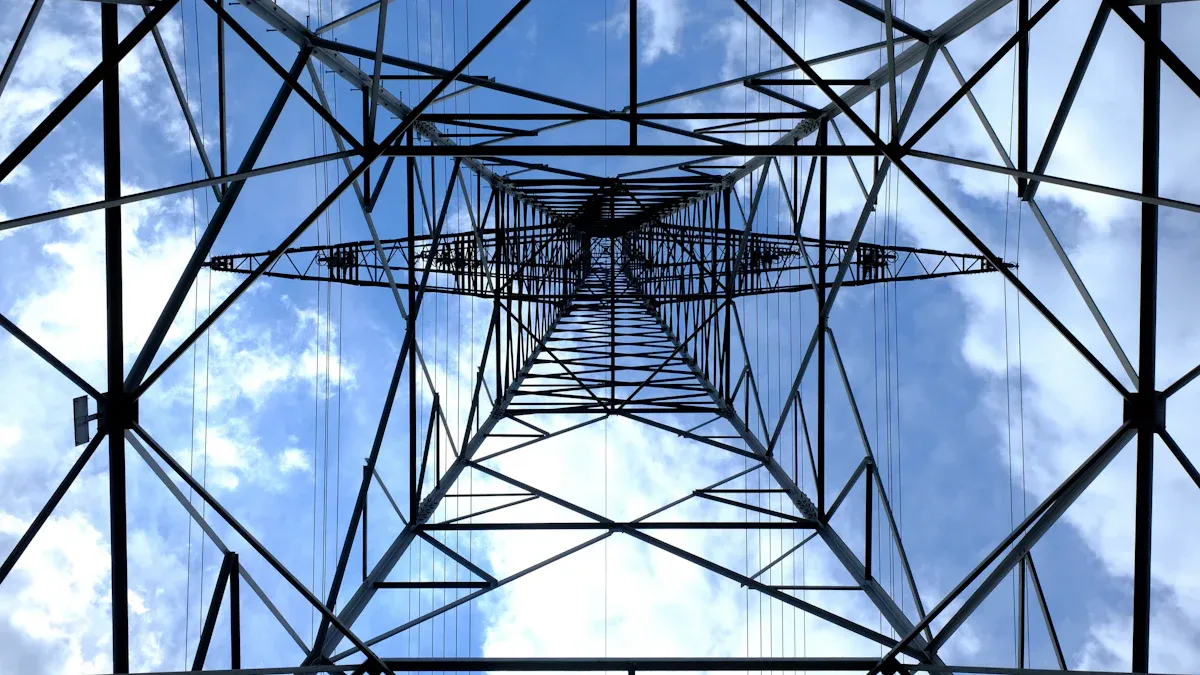
Adaptive Protection Systems
Adaptive protection systems are crucial to maintaining the stability of modern power networks. Unlike traditional devices with fixed settings, these systems dynamically adjust according to network conditions. This adaptability is essential in managing the complexities introduced by renewable energy. The IEC 61,850 standard has become a key protocol for communication between protection devices and control systems, enabling efficient data sharing and reducing manual intervention. These systems ensure rapid response to faults, thus improving grid reliability and supporting seamless integration of renewable energy sources.
Clean Energy Integration Technologies
Clean energy integration technologies are transforming how renewable energy is incorporated into the grid. Advanced metering and real-time analytics enhance energy management, improving sustainability and efficiency. By optimizing renewable energy usage, these technologies help reduce greenhouse gas emissions. Furthermore, combining renewable energy sources with energy storage systems increases grid reliability and profitability. Companies like Ningbo Xinyi Weiye Group, with over 30 years of expertise in manufacturing fasteners and power industry products, provide high-quality solutions for electrical applications. Our wide range of products, including bolts, cable clamps, and other essential electrical components, can be customized according to customer needs, ensuring the reliable operation of power systems.
Automation and AI in Power Systems
Automation and artificial intelligence (AI) are radically transforming the operation of power systems. AI-driven predictive maintenance can reduce unplanned downtime by up to 40%. Smart grids equipped with AI can cut operational costs by as much as 25%. Additionally, AI-based energy demand forecasting boasts accuracy rates of up to 90%, enabling utilities to optimize resource allocation. These advancements not only improve operational efficiency but also reduce costs for both utilities and consumers.
Energy Storage Innovations
Energy storage innovations are essential to addressing the intermittency issues of renewable energy sources like wind and solar. The global energy storage market was valued at $13 billion in 2023 and is expected to reach $56.5 billion by 2032, with a compound annual growth rate (CAGR) of 17.5%. These systems stabilize the grid, provide backup power, and support distributed generation. The Asia-Pacific region leads in growth, followed by North America and Europe. Energy storage solutions are crucial for critical industries like healthcare and telecommunications, ensuring uninterrupted power supply.
Smart Grid Enhancements
Smart grid enhancements are redefining the capabilities of modern power systems. These grids use advanced technologies to improve energy distribution and management. Features such as real-time monitoring, automated fault detection, and self-healing capabilities increase grid reliability. Smart grids also facilitate the integration of distributed energy resources, making energy infrastructure more flexible and resilient. By adopting these enhancements, utilities can meet the growing demand for power while maintaining sustainability and efficiency.
Benefits of Advanced Power Systems
Enhanced Efficiency and Reliability
Advanced power systems significantly improve energy distribution networks by reducing power losses and enhancing voltage stability. For instance, studies show that in a 33-bus system, power losses decreased from 0.64 MW to 0.52 MW, while minimum voltage improved from 0.970 p.u. to 0.980 p.u. Similarly, in a 69-bus system, power losses dropped from 0.85 MW to 0.79 MW, and voltage stability increased from 0.962 p.u. to 0.972 p.u.
| Metric | 33-bus System | 69-bus System |
|---|---|---|
| Power Losses (before) | 0.64 MW | 0.85 MW |
| Power Losses (after) | 0.52 MW | 0.79 MW |
| Minimum Voltage (before) | 0.970 p.u. | 0.962 p.u. |
| Minimum Voltage (after) | 0.980 p.u. | 0.972 p.u. |
These advancements ensure more reliable and efficient energy delivery, reducing the risk of outages and improving overall grid performance.
Sustainability and Carbon Footprint Reduction
Modern power systems contribute to sustainability by minimizing carbon emissions and optimizing energy use. Predictive maintenance powered by AI helps firms anticipate equipment failures, reducing delays and improving operational efficiency. Digital transformation technologies enable precise energy consumption monitoring, leading to enhanced efficiency. In the automotive sector, these tools reduce material waste and energy use while boosting productivity.
| Stage of Life Cycle | Carbon Emissions Level |
|---|---|
| Operation and Maintenance | Highest |
| Equipment Production | Moderate |
| Installation/Construction | Lowest |
| Overall Findings | Significant reduction achieved with advanced forecasting techniques. |
By addressing emissions across all life cycle stages, advanced systems play a crucial role in combating climate change.
Cost Savings for Utilities and Consumers
Advanced power systems lower operational costs for utilities and reduce electricity bills for consumers. Automation and AI-driven solutions optimize resource allocation, cutting unnecessary expenses. Predictive maintenance minimizes equipment downtime, avoiding costly repairs. These systems also enable utilities to manage peak demand more efficiently, reducing the need for expensive infrastructure upgrades. As a result, both providers and end users benefit.
Flexibility in Energy Management
Flexibility is at the heart of modern power systems. These systems support demand response programs, allowing utilities to adjust energy supply based on real-time demand. They also integrate distributed energy resources, such as rooftop solar panels and battery storage, to enhance grid adaptability. By 2030, demand response and battery storage are expected to meet about 25% of global flexibility needs, with this figure increasing to 50% by 2050. This adaptability ensures that power supply remains stable even during demand fluctuations.
Challenges and Opportunities in Power Systems
Scalability and Infrastructure Development
As power demand grows, scaling modern power systems presents significant challenges. Infrastructure must be adapted to accommodate renewable energy sources and withstand the impacts of climate change. Studies show that rising temperatures and extreme weather events have intensified pressure on power systems.
High Initial Costs and Investment Barriers
Adopting advanced power systems requires substantial upfront investment, which may hinder their widespread adoption. Major financial challenges include the costs of solar panels, inverters, and installation labor, as well as limited financing options.
Cybersecurity Risks in Automated Systems
The automation and digitization of power systems introduce vulnerabilities to cyberattacks. Hackers can exploit weaknesses in interconnected networks, compromising operations and endangering data security.
Environmental and Social Impacts
Modern power systems must strike a balance between technological advances and environmental and social considerations. Environmental and Social Impact Assessments (ESIA) help identify risks and develop mitigation strategies.
| Service Type | Description |
|---|---|
| ESIA & SEA Services | Supports clients in managing environmental and social risks effectively. |
| Regulatory Knowledge | Combines technical expertise with compliance strategies for better outcomes. |
| Comprehensive Assessments | Integrates sustainability into project design while addressing EHS risks. |
Global Trends and Regional Insights
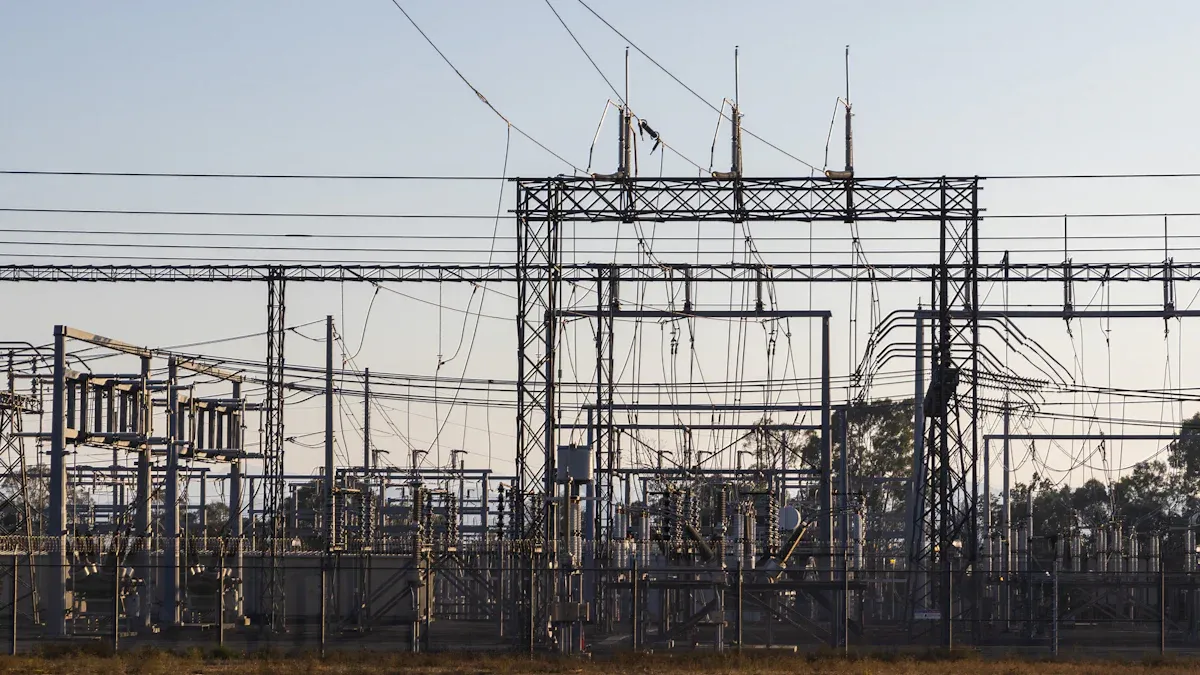
Leading Countries in Power System Innovation
The United States and China lead the way in power system innovation, leveraging advanced technologies such as artificial intelligence and energy storage systems. Germany also excels in renewable energy integration and smart grid enhancements.
Regional Variations in Clean Energy Adoption
There are significant regional disparities in the adoption of clean energy, driven by differences in resources, policies, and infrastructure. For example, the green energy efficiency in the Middle East stands at 0.85, while South Asia lags behind at 0.48.
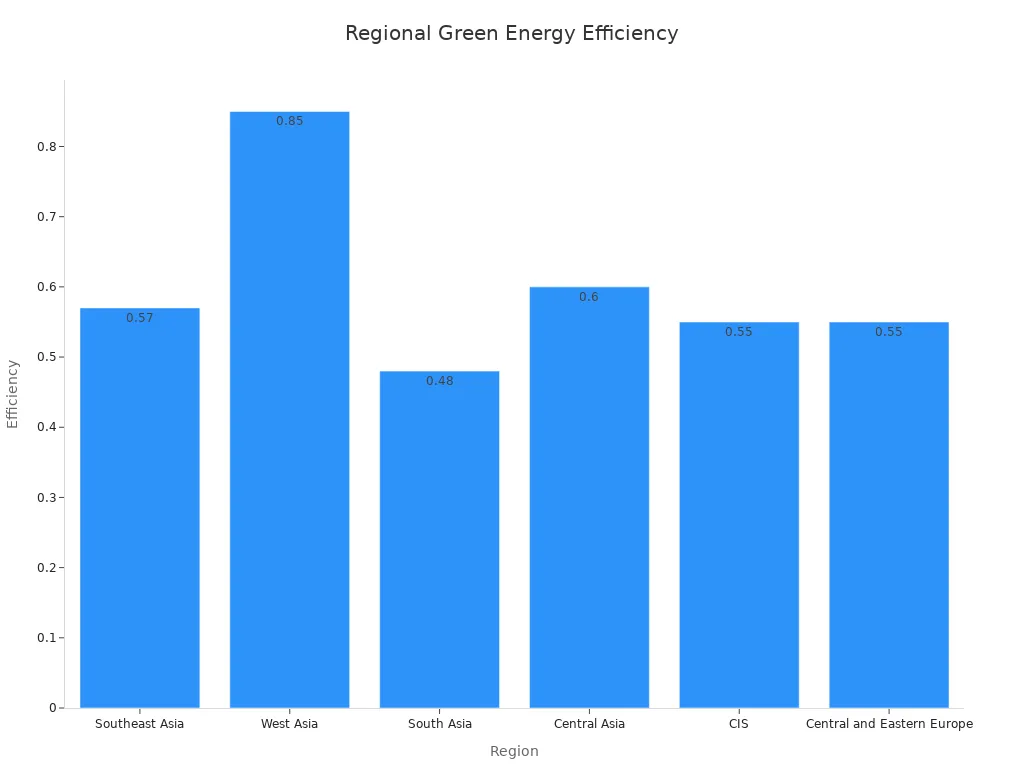
Policy and Regulatory Impacts
Governments worldwide are implementing incentives to promote renewable energy development and modernize power systems. Carbon pricing, tax credits, and renewable energy quota standards have proven highly effective in driving clean energy adoption.
International Collaboration and Knowledge Sharing
Cross-border collaboration fosters innovation and accelerates the adoption of advanced power systems. Initiatives such as the European Green Deal and the International Solar Alliance showcase the benefits of shared knowledge and resources.
Integration of Weiye Corp. into Advanced Power Systems
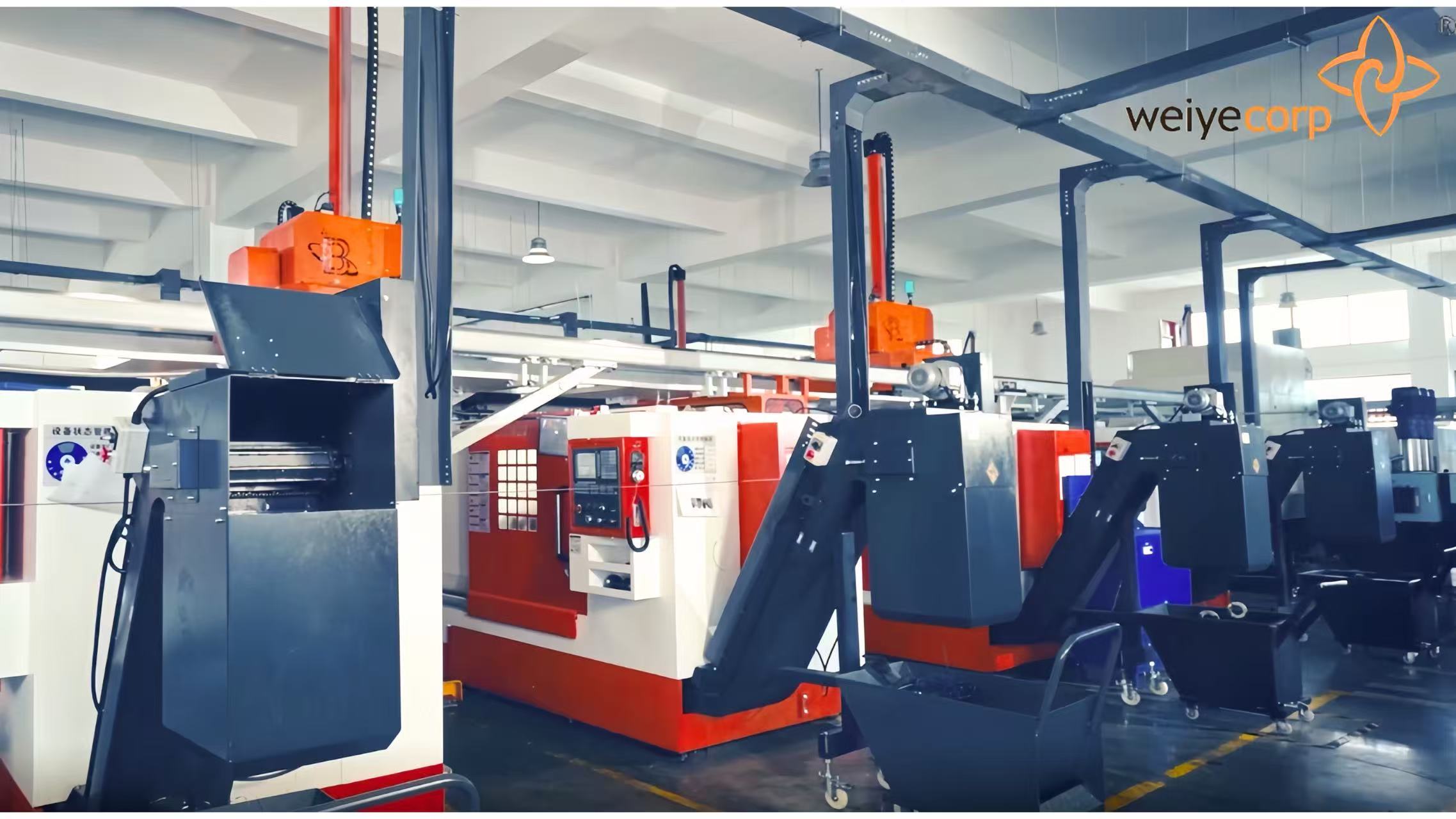
Weiye Corp., as a leader in industrial manufacturing, also specializes in producing critical power components that meet the rigorous demands of the energy industry. Our manufacturing capabilities extend to a diverse range of electrical products, including Clevis, Eye Bolts, Machine Bolts, and Spring Lock Washers. These components are integral to ensuring the safety, reliability, and efficiency of power systems, and are essential for applications in both renewable and traditional energy generation.
Our Clevis components are designed to provide secure and efficient connections in a variety of structural applications, ensuring minimal downtime and optimal performance in power systems. Eye Bolts are fabricated with high strength and durability, essential for securing heavy loads and ensuring stability in energy infrastructure. The Machine Bolts we manufacture are precision-engineered to withstand extreme mechanical stresses, providing lasting solutions for assembling power system components. Additionally, our Spring Lock Washers are designed to prevent loosening under vibration, which is a common issue in power systems subject to continuous operational movements.
What sets Weiye apart in the manufacturing of these products is our automated Production Lines and advanced equipment. Our state-of-the-art manufacturing processes ensure high precision, consistency, and quality across all our products. Our commitment to automation not only improves production efficiency but also enhances the reliability of the products, ensuring they meet the exacting standards of the energy sector.
Moreover, with over 30 years of experience in the industry, Weiye has built a solid reputation for understanding the complexities and challenges of the power industry. Our rich industry experience allows us to anticipate the specific needs of energy companies and provide customized solutions tailored to meet the unique requirements of each project.
By leveraging our advanced production capabilities and extensive industry knowledge, Weiye is well-positioned to support the evolving power sector, offering products that contribute to the sustainability and innovation of modern energy systems. Whether it's for renewable energy projects or traditional power generation, Weiye is committed to delivering solutions that enhance the functionality, durability, and efficiency of power systems worldwide.


